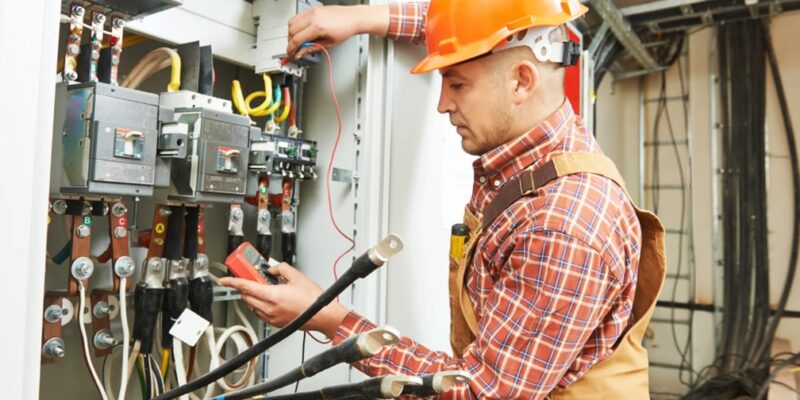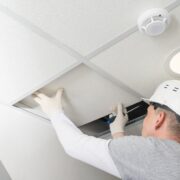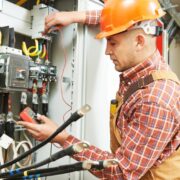Many older commercial buildings were designed at a time when power requirements were minimal. As businesses have evolved, so have the electrical demands placed on these properties. Unfortunately, outdated systems can’t keep up. They present serious risks—frequent outages, overheating, and even electrical fires. Upgrading is not only about performance but also safety. Engaging experienced professionals in commercial electrical in Oklahoma ensures systems are brought up to modern standards, reducing hazards and improving reliability across the board.
Why Outdated Systems Pose a Risk
An old electrical system is more than just inefficient—it’s unsafe.
Common Issues in Aging Infrastructure
Older commercial properties may still rely on wiring systems from decades ago. Components like fuse boxes, aluminum wiring, or ungrounded outlets are all signs of outdated infrastructure. These systems often lack the capacity for modern equipment and put buildings at higher risk of overload. Symptoms like buzzing panels, flickering lights, or frequently tripped breakers are often brushed aside but should prompt immediate inspection. Electrical problems that go unaddressed can escalate quickly and affect more than just equipment—they can put people at risk.
Keeping Up with Modern Codes and Capacity
Commercial electrical codes are continually updated to reflect evolving safety protocols and energy usage. Buildings that haven’t been upgraded in 20–30 years are unlikely to meet those standards.
What Professional Upgrades Typically Include
A full upgrade typically covers rewiring, panel replacements, adding dedicated circuits, grounding, and incorporating advanced protection like arc fault interrupters. These improvements reduce the risk of fire, increase power capacity, and ensure compliance with local and national codes. Complex commercial setups often require coordination between specialists, and it helps to understand how different roles contribute to a project. Knowing the different types of electricians can provide clarity during the planning and upgrade phases.
Enhancing Reliability and Reducing Disruptions
Modern businesses can’t afford downtime. Whether it’s powering servers, production lines, or climate control systems, electrical reliability directly affects productivity.
A Smarter Approach to Maintenance and Upgrades
Businesses that prioritize electrical upgrades tend to experience smoother operations and fewer service interruptions. In many industries, a proactive approach to electrical maintenance plays a key role in day-to-day stability. For companies that operate around the clock or rely on heavy machinery, the timing and quality of upgrades make a significant difference. It’s been widely recognized that well-timed electrical repairs can improve industrial productivity by minimizing costly delays and protecting essential equipment from damage.
Conclusion
Electrical upgrades in older commercial buildings are not a luxury, they’re a necessity. Outdated systems expose businesses to unnecessary risk, increase maintenance costs, and reduce operational efficiency. By partnering with qualified professionals, property owners can ensure that their infrastructure is safe, reliable, and built to support the needs of modern businesses. Acting now means fewer interruptions, stronger compliance, and long-term peace of mind. A safer building starts with a smart, professional upgrade.
Whether you’re operating a retail center, office space, or industrial facility, prioritizing electrical modernization isn’t just good practice, it’s a strategic business decision with lasting value.






Comments